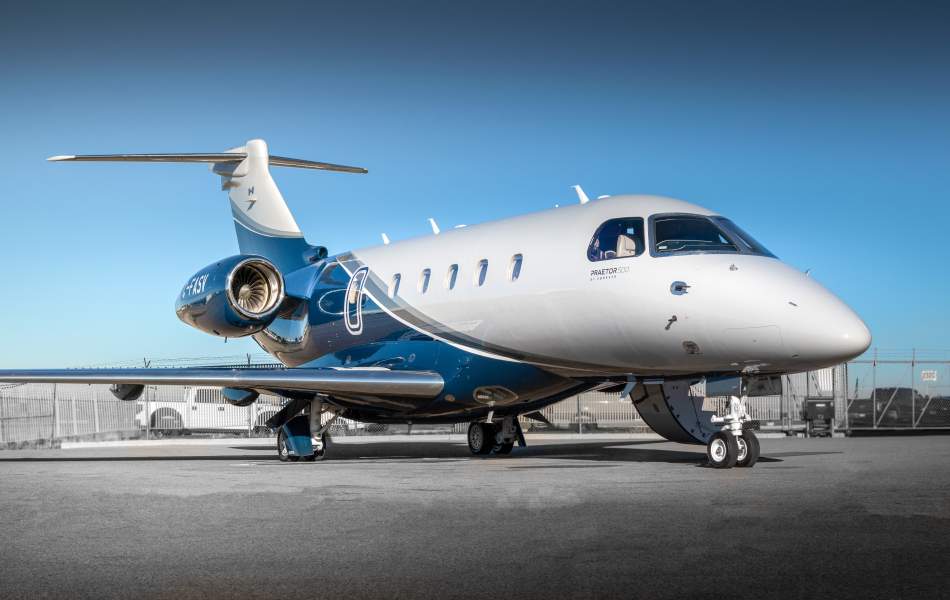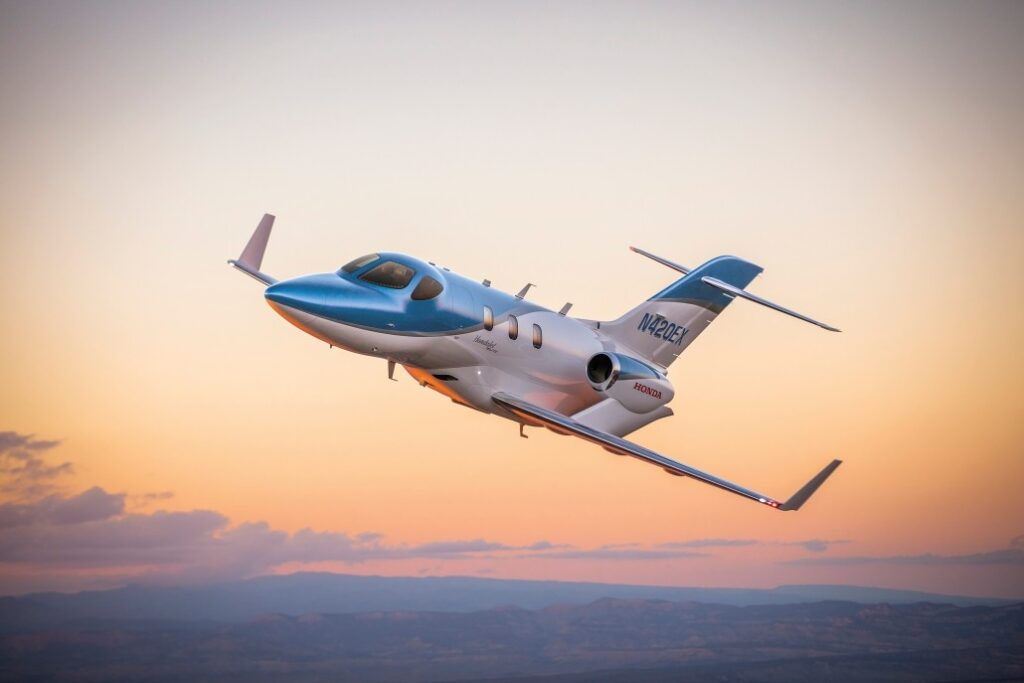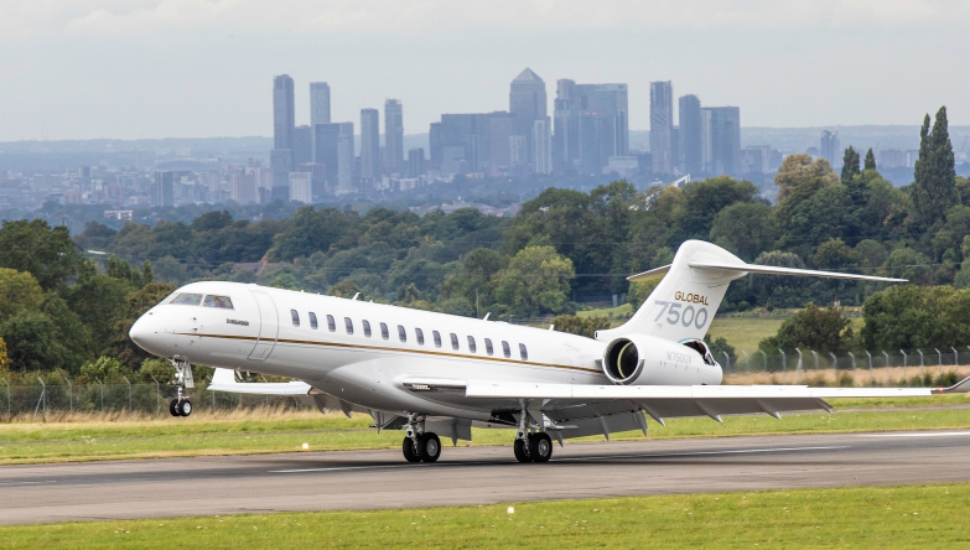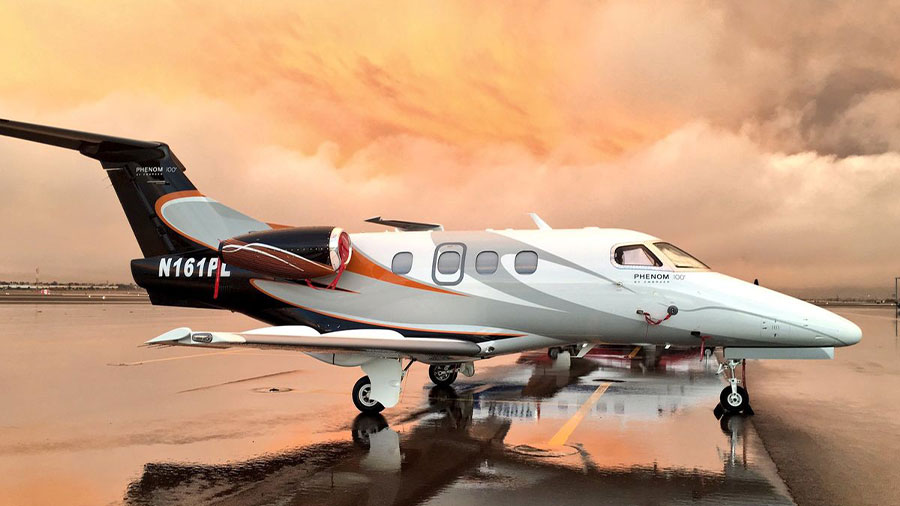What is Fractional Ownership of a Private Jet?
What is Fractional Ownership of a Private Jet?
Private jet fractional ownership is a popular choice for people who desire the flexibility that comes with full aircraft ownership but without the drawbacks.
A Summary of Fractional Ownership
When you (or your organization, such as a corporation) acquire a share of a private jet, this is known as fractional ownership.
The available shares vary from 1/16 to 1/2 ownership of a private airplane. Purchases are made through a third party, such as a fractional share supplier.
NetJets is one of the most well-known providers of fractional ownership.
The number of hours per year that you may utilize the jet is proportional to your ownership of the aircraft. The majority of fractional ownership programmes anticipate that the aircraft will be flown for 800 hours per year. As a result, your ownership share is a percentage of the entire 800 hours.

As a consequence, if you own 1/16 of an airplane, you may expect to fly 50 hours every year. Half ownership entails having 400 hours at your disposal.
Importantly, even if you own a portion of an aircraft, you are unlikely to always be traveling on “your” flight. Companies that provide these fractional ownership programmes, such as NetJets, have substantial aircraft fleets. As a result, it makes more sense for these corporations to employ the nearest airplane to you.
The operator will often purchase back the aircraft at a fair market value at the conclusion of your ownership period, which is usually five years. However, fractionally owned aircraft are often flown more frequently than aircraft held by a single person or corporation. As a result, the market value will most likely be lower than that of an equal aircraft with sole ownership.
Advantages of Fractional Ownership
- Lower up-front capital outlay compared with full ownership
- Guaranteed aircraft availability
- Depreciation benefits
- Choice of plane size
- Planes are professionally managed and maintained
- No charges (generally) for dead heading or repositioning costs
- Possibility of guaranteed plane buyback

Disadvantages of Fractional Ownership
- As planes are used more often, they might be rather expensive to use per hour.
- Peak flying dates are restricted.
- Depending on whether the owner or operator is in operational control, liability might be significant.

Costs
The first upfront charge is likely to be the most considerable, depending on the aircraft’s share and size. This is the amount you pay for your aircraft share.
This may be generally approximated depending on the aircraft’s original worth and the proportion that you intend to acquire. The prices of all new aircraft currently on the market may be found here.
If you were to purchase a 1/16 share in a conventional light aircraft, the initial outlay would be $350,000.
Expect a monthly maintenance cost beyond the initial buying fee. This cost will include the pilot’s wage, insurance, maintenance, and the cost of storing the plane in a hangar.
Expect to pay an occupied hourly charge as well. This charge includes fuel, maintenance, and in-flight meals while you’re on the plane. They might also be incidental costs, such as a gasoline surcharge.

Alternatives
There are several options for flying by private aircraft. As a result, you should be able to discover a flight that meets your requirements. Other choices for private jet travel include:
- Charter Jet Cards on Demand
- Private jet leasing (no out-of-pocket expenses)
- Complete Ownership
